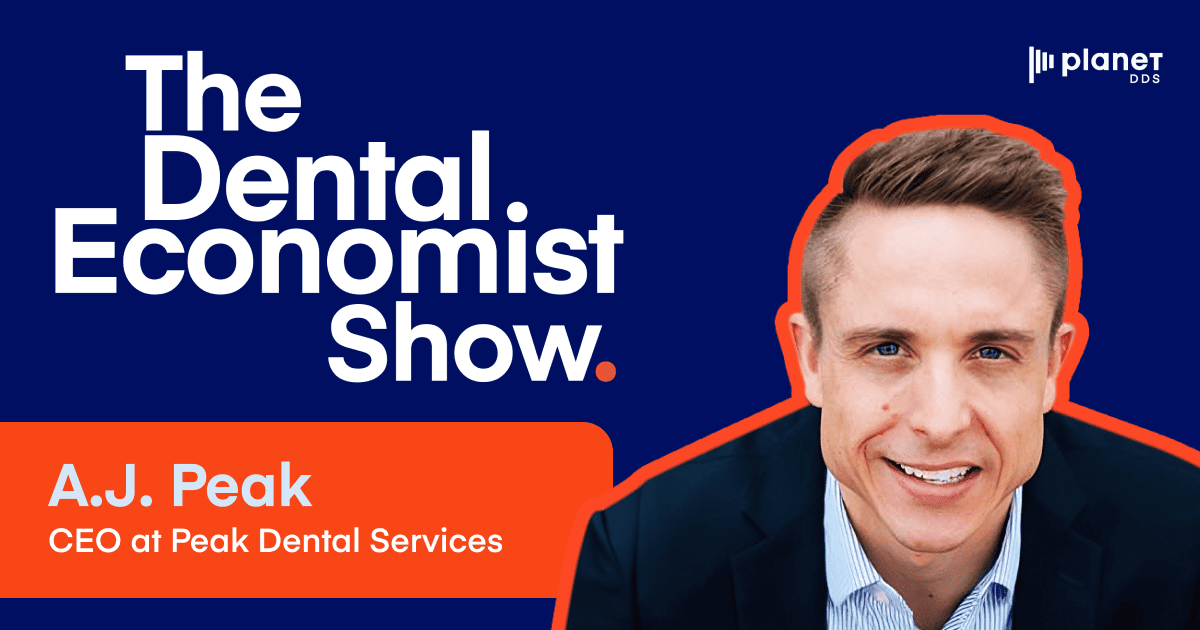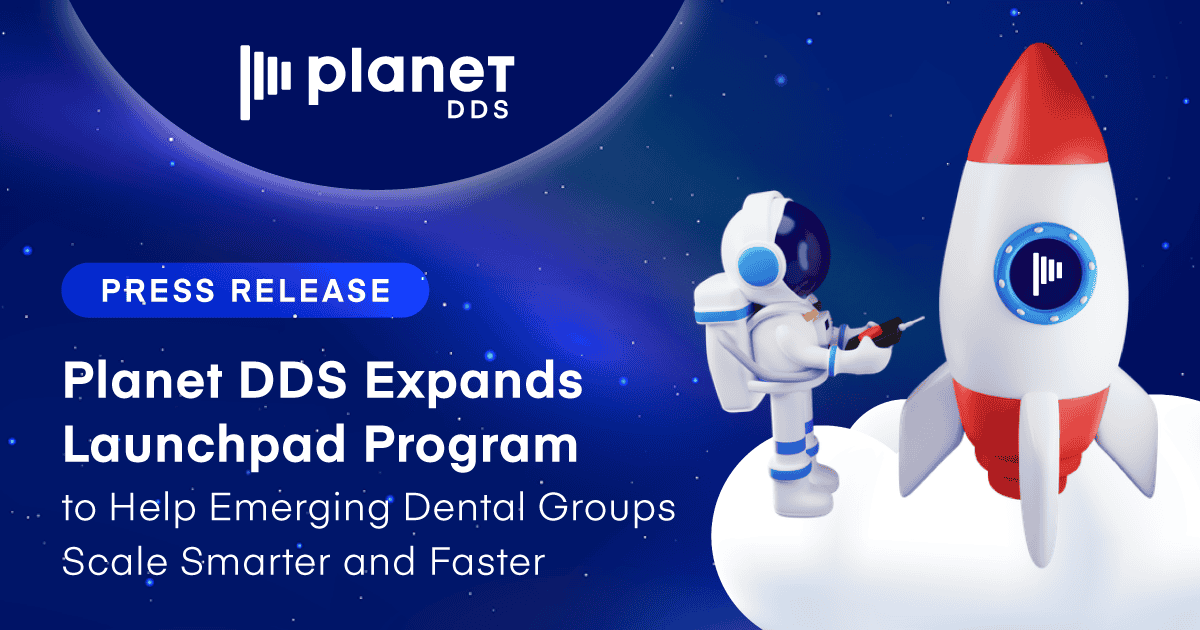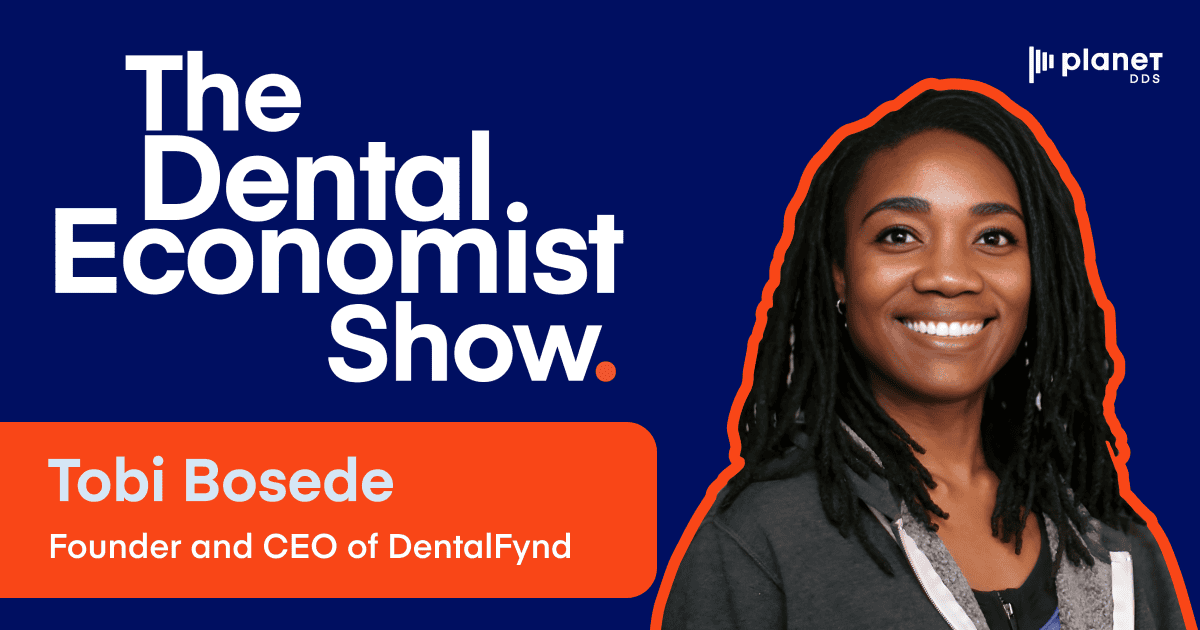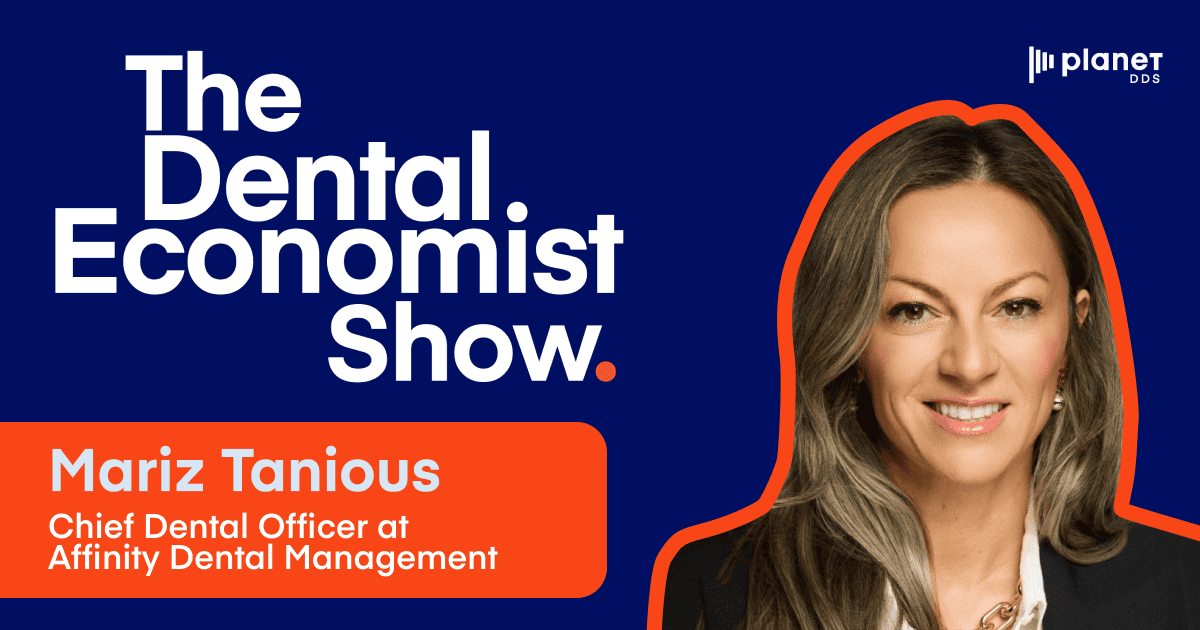A. J. Peak on the Pros and Cons of Dental Service Organizations

In this episode of The Dental Economist Show, host Mike Huffaker is joined by A. J. Peak, the founder and CEO of Peak Dental Services.
Join them as they explore:
- The pros and cons of dental service organizations
- The value of networking and collaboration
- The benefits of multi-specialty practices
- Implementing technology in dental businesses
- KPIs that matter most in the dental industry
A. J. Peak is a CEO with ten years experience in building teams, managing operations, and raising capital. He is the founder and CEO of Peak Dental Services in Colorado Springs (since 2008), a dental support organization that provides business and administrative support to a network of general and specialty dental offices.
Episode Highlights
Pros and Cons of DSOs: Despite the negative stigma associated with DSOs, A. J. says that they bring huge value to dental practices. One benefit is that practice owners can sell part of their practice, reduce stress, and earn more as part-owners than they did as full owners. What’s more, DSOs can invest in more advanced technologies than smaller practices could, such as marketing analytics, automation capability, and AI. While there is still a place for individual owners, A. J. believes that DSOs add real value to the industry, and can improve both dentist and consumer outcomes.
Technological Advancements: A. J. highlights the advancements that Peak Dental Services have made in the last three years, focusing on cloud-based systems and automation. Previously, they had fifty individual systems, which made access to data difficult. However, transitioning to a cloud-based system allowed for better data integration and management across practices. Peak Dental Services also automated 80% of benefits and insurance verification, thus reducing workload for front-of-house staff. They also automated between 60% and 70% of their payment posting, which reduced labor costs and improved accuracy.
Looking Forward to the Future: A. J. says they have only just “scratched the surface” in terms of the capabilities of the Pearl X-Ray AI technology, and is excited about two or three potential applications for both consumers and providers. He also looks forward to interest rates coming down, and the industry getting out of “second gear” with regards to consolidation and growth.
Multi-Specialty Practices: A. J. explains the factors that contribute to the success of multi-specialty practices in Peak Dental Services. For a multi-specialty practice to work effectively, there must be a symbiotic relationship between all providers—specialists and general dentists must work together, which enables better patient outcomes in the long run. What’s more, geographic density is important: A. J. says that having ten or more locations within driving distance is crucial, as this facilitates sharing data and resources. Specialists have more ownership, meaning they’ve got a vested interest, and are not just “hired guns”—this also creates an alignment between general dentists and specialists.
Like and subscribe wherever you listen to podcasts:
Apple Podcasts | Spotify | bCast



